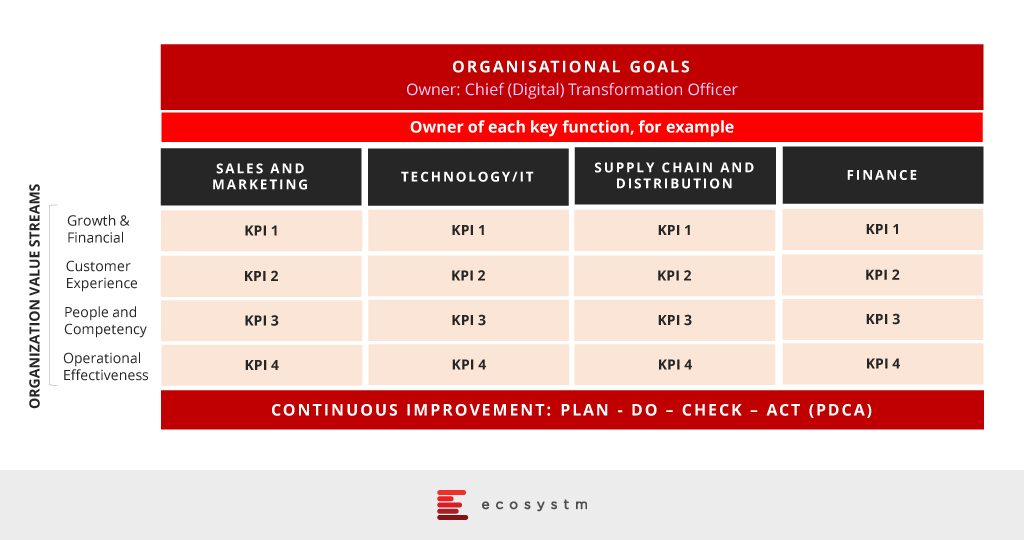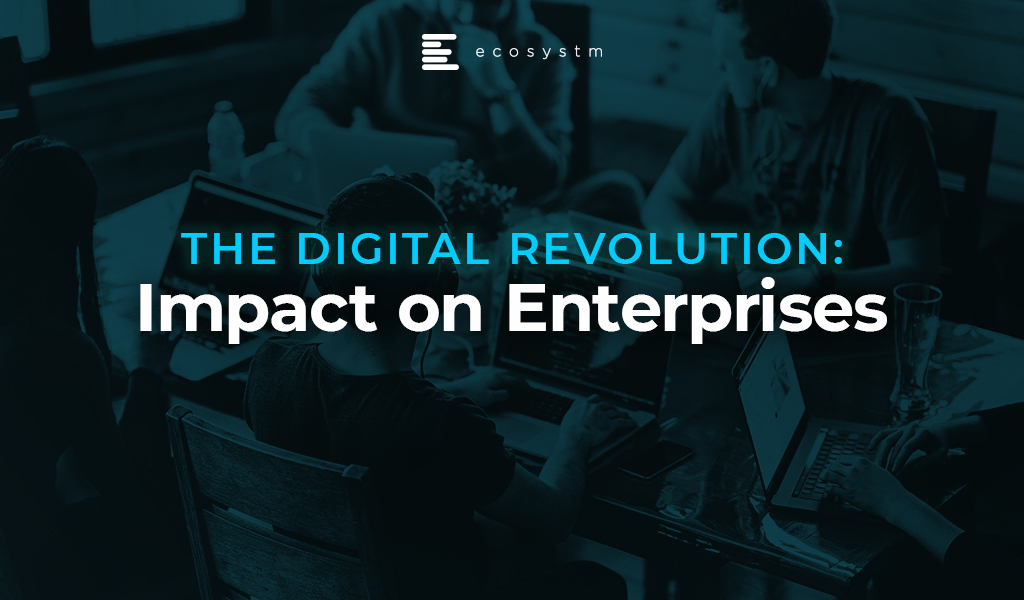While talking about the paradigm shift that we are seeing in the industry today, I like to use the analogy of space exploration. The aim is to make space an extension of the earth through its use in communication, tourism and for mineral exploration. This is an entirely new paradigm on how all the investments in space technology and transportation are being made – by private industries as well as by governments of major economies.
Similarly, technology is no longer a business enabler – it is now a catalyst to create and capture new value streams and to create sustainable differentiation. The relationship between customers and enterprises is now a two-way street. Customers are not just using products and services but feeding information and critical insights back to the enterprises on a real-time basis. Now, even B2B enterprise businesses must be seen more as a B2B2C.
This new paradigm has brought technology to the core of every business and is forcing enterprises to transform the way they run their businesses.
The Multiplier Effect
Enterprises have to look at technology with a fresh new lens now. So far, they have had to cope with any emerging technology in isolation. Now they are being hit by a number of technologies – agile network, cloud, data analytics, intelligent technologies – each of which has its impact. But what makes it transformational is the interplay of these technologies. Big Data analytics, AI and IoT has taken in isolation can definitely impact an organisation. But when the three work together, they have an exponential impact on an organisation and on it’s Digital Transformation (DX) journey. This has two clear impacts on businesses.
Impact on Enterprises
Expanding Role of Business Functions. As organisations embark on their DX journeys, they are likely to increase technology spend. Even though some budget would go into upgradation of IT infrastructure, a larger portion of the budget is likely to go towards digitisation, business applications, cybersecurity, and intelligent technologies. These projects would require the involvement of multiple stakeholders. And consequently, a higher proportion of technology spend will be controlled by the business functions – and this proportion will only get. Let us take AI as an instance. The global Ecosystm AI Study shows that only about a fifth of AI projects now are being funded by IT. Multiple other stakeholders are involved in emerging technology projects – the key department being where the solutions are being deployed.
Building a Transformation Roadmap. Ad-hoc implementation of technology will no longer be a viable option. What enterprises will need is an interdisciplinary model of work to attain the most value out of their transformation through technology. This should lead to a clear roadmap – that melds technological capabilities with business requirements. And mind you, each organisation’s roadmap will be distinct and unique.
Wider organisational functions will have to be engaged and aligned. Managing budgets and new business models simultaneously comes with a set of its own complexities. In my opinion, a Balanced Scorecard and Lean Approach is the way ahead for organisations as they approach Transformation.

Irrespective of the size of your organisation, you have to focus on the three main building blocks necessary to implement transformation:
- Defining measurable business objectives that are aligned with the organisational goals and aspirations
- Assigning transformation owners for each of the key functions identified for Transformation
- Using structured program management using Lean principle and the Balanced Score Card approach
Understandably, an interdisciplinary model of work and a structured program may not be easy to implement. I discuss the complexities of introducing the new wave of technology in my report.
If your organisation is embarking on a DX journey or if you wish to discuss your ongoing DX roadmap, leave a comment below or connect with me on the Ecosystm platform.



